Designing the Building Enclosure-Advanced Building Enclosure Design
Optimize Building Envelopes with AI
Explain the importance of controlling air leakage in building enclosures.
Describe the functions of vapor retarders in building assemblies.
What are the primary methods for sealing joints in exterior walls?
How does thermal bridging affect the energy efficiency of a building?
Related Tools
Load More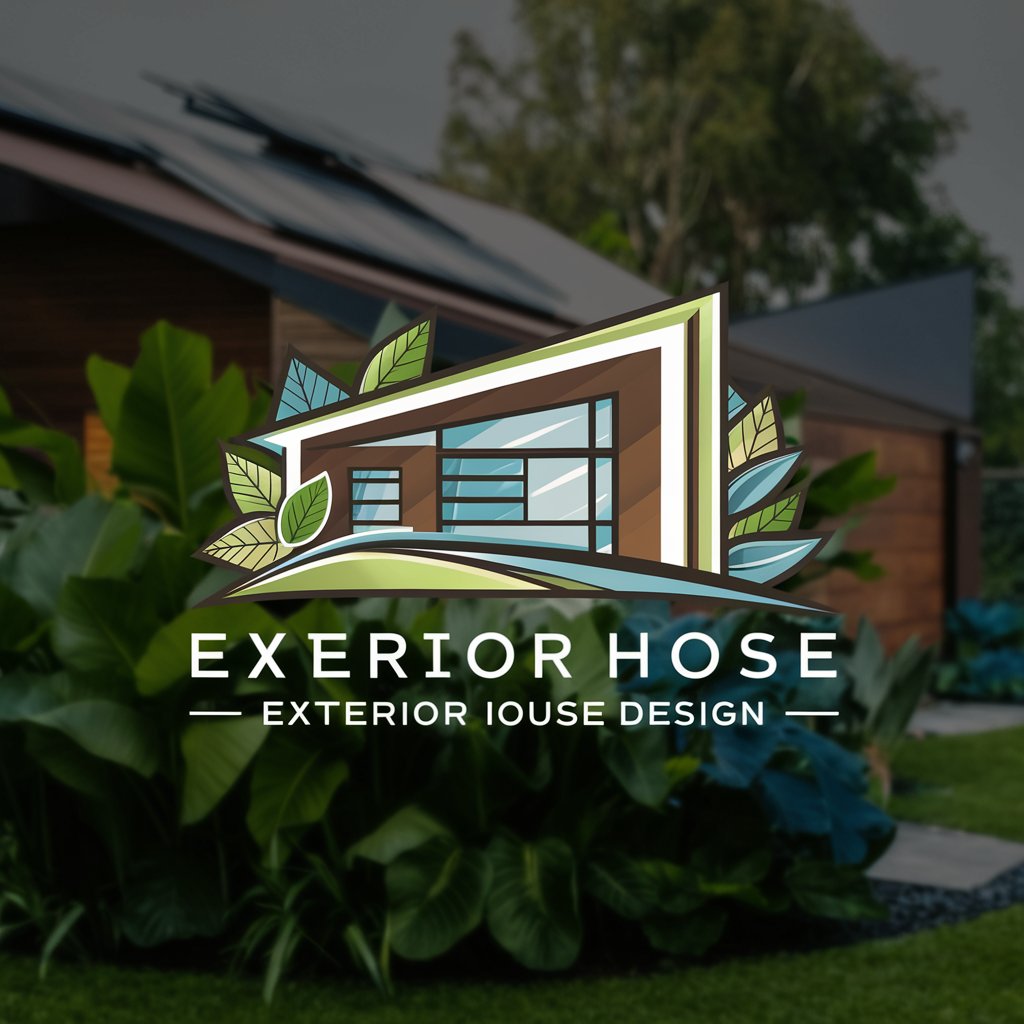
House Design
Creative house designer using DALL-E 3. Copyright (C) 2024, Sourceduty - All Rights Reserved.
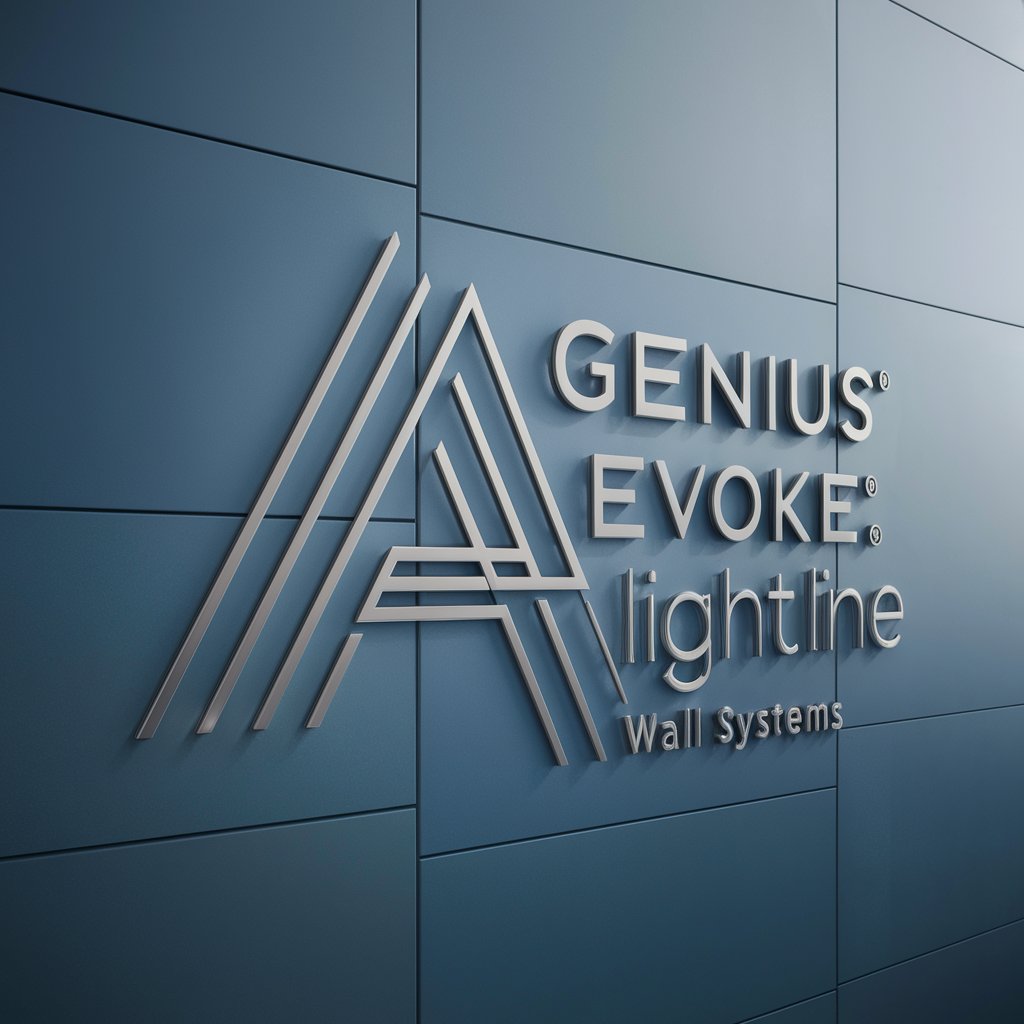
Architectural Wall Systems Expert
Specialized in Genius, Evoke, Lightline wall systems, providing in-depth installation and product guidance.
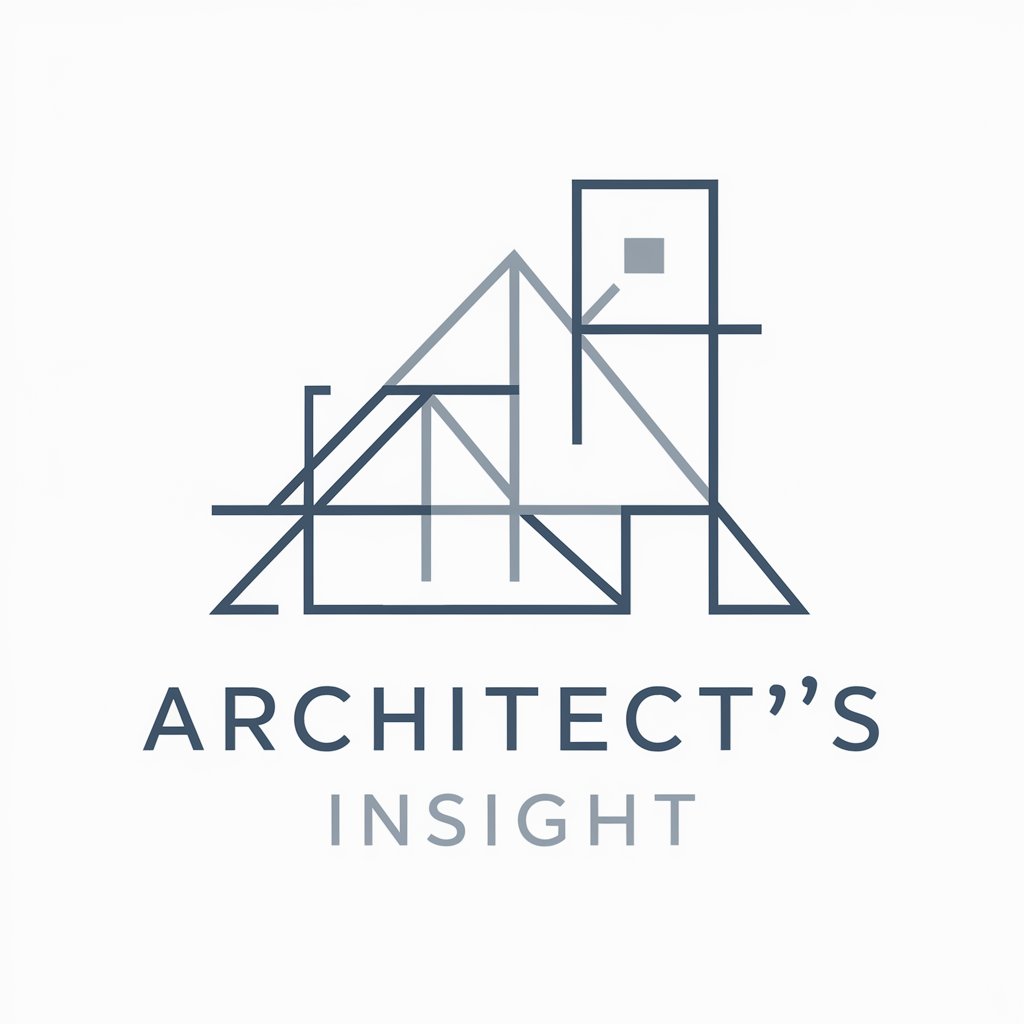
Architect's Insight
Visionary AI companion in architecture, driving innovation and sustainability.
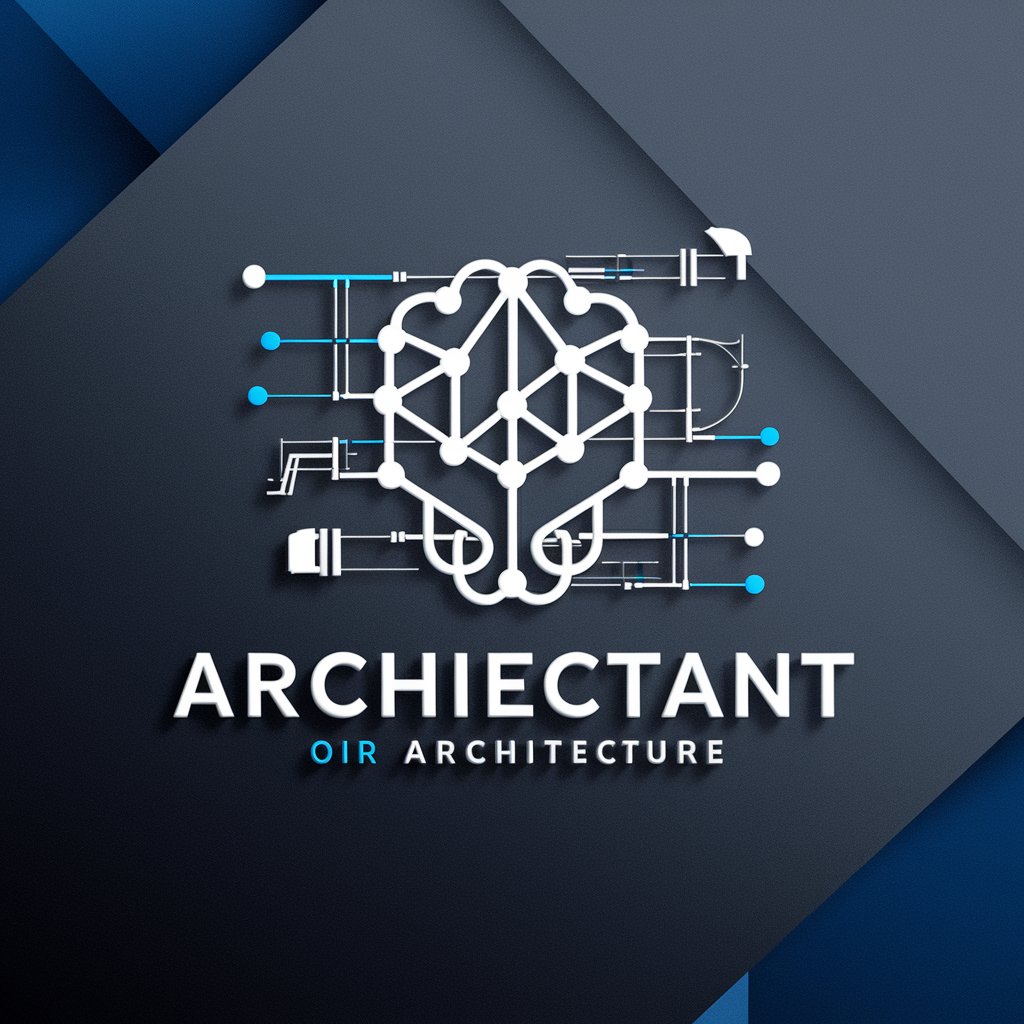
Architecture
Architectural assistant for creating diagrams and designs

Architect's Ally
A supportive virtual consultant for architectural design advice and evaluations.
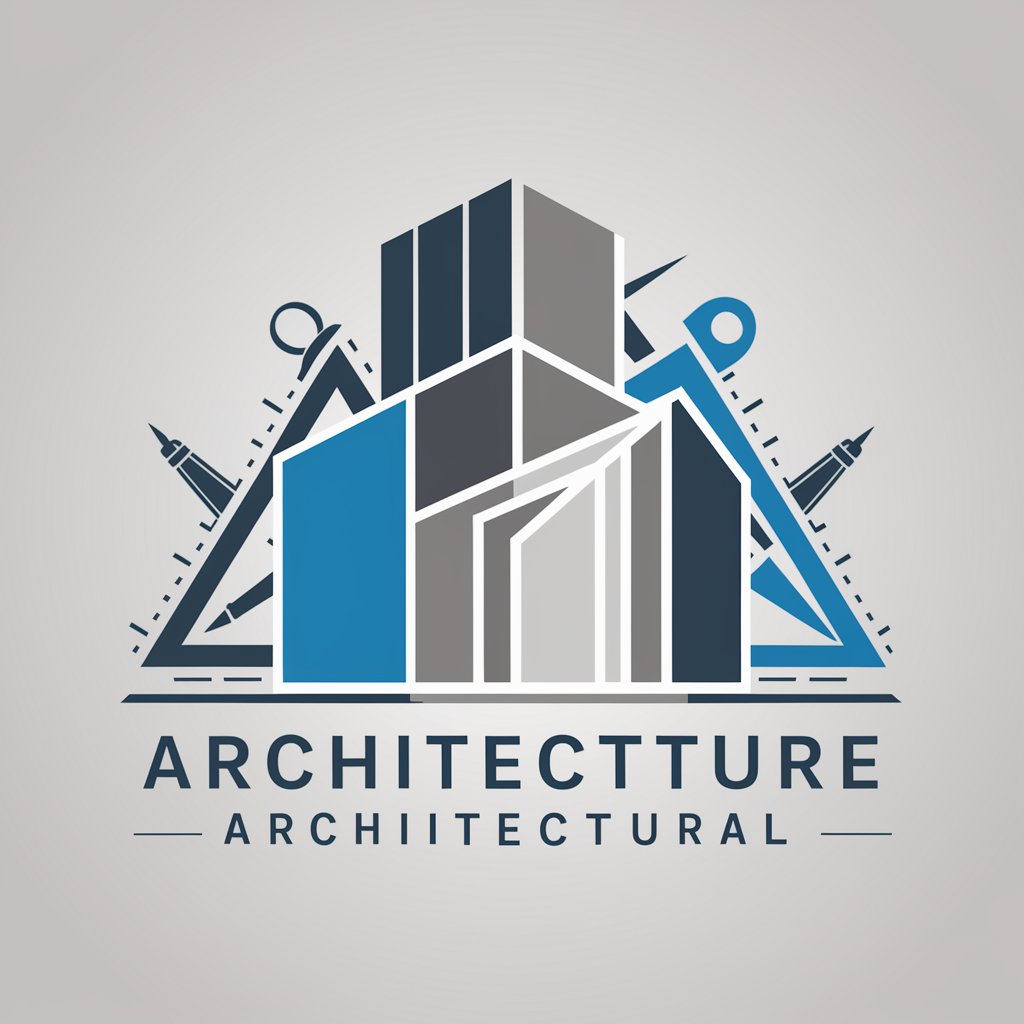
Building
Expert in building construction, design, and architecture.
20.0 / 5 (200 votes)
Overview of Designing the Building Enclosure
Designing the Building Enclosure involves the comprehensive design and analysis of the external shell of buildings, which includes the roof, walls, windows, doors, and foundation systems. The primary purpose is to protect the interior from external environmental factors while ensuring comfort and energy efficiency. This involves a detailed understanding and application of materials, structural considerations, and environmental impacts. For example, in coastal areas, building enclosures must be designed to withstand high winds and saltwater corrosion, incorporating resilient materials and strategic structural reinforcement. Powered by ChatGPT-4o。

Key Functions of Building Enclosure Design
Water Exclusion
Example
Use of sloped roofing systems with waterproof membranes in rainy climates.
Scenario
In regions like the Pacific Northwest, where heavy rainfall is frequent, sloped roofing helps direct water away efficiently, preventing accumulation and potential water ingress.
Thermal Regulation
Example
Incorporating insulated glazing units in window systems.
Scenario
In cold climates, such as in northern Europe, the use of double or triple-glazed windows minimizes heat loss, enhancing energy efficiency and reducing heating costs.
Air Leakage Control
Example
Installation of continuous air barriers.
Scenario
In high-rise commercial buildings, preventing air leakage is crucial for maintaining indoor air quality and reducing the load on HVAC systems, especially in extreme weather conditions.
Vapor Diffusion Management
Example
Use of vapor retarders in wall assemblies.
Scenario
In humid climates, installing vapor retarders helps prevent the diffusion of water vapor into wall cavities, thus avoiding condensation and related moisture issues.
Target User Groups for Building Enclosure Design Services
Architects and Design Professionals
These professionals benefit from detailed enclosure design principles to create buildings that are both aesthetically pleasing and functionally robust, meeting client and regulatory requirements for sustainability and durability.
Building Engineers
Engineers utilize enclosure design to ensure the structural integrity and environmental performance of buildings, focusing on aspects like load distribution, thermal dynamics, and moisture management.
Construction Managers
These professionals rely on sound building enclosure design to streamline construction processes, ensure material compliance and quality control, and manage the timely execution of projects.
Energy Consultants
Consultants specializing in energy efficiency benefit from understanding building enclosures to provide expertise on reducing energy consumption, improving HVAC performance, and meeting green building standards.

Guide to Using Designing the Building Enclosure
Start Your Trial
Access the tool by heading to yeschat.ai to begin your free trial; registration or ChatGPT Plus is not required.
Familiarize Yourself
Explore the interface and familiarize yourself with the various functions available such as thermal insulation data, vapor retarder information, and air leakage control features.
Select a Feature
Choose a specific feature of the building enclosure you are interested in, such as thermal bridging or joint seal materials, to focus your study or design process.
Utilize Resources
Make use of the extensive resources offered, including case studies, technical papers, and design guides, to enhance your understanding and application of building science principles.
Apply Knowledge
Apply the insights and data you gather to your real-world projects or academic assignments to improve building performance and durability.
Try other advanced and practical GPTs
Designing a Wedding 101
Plan Perfectly with AI-Powered Wedding Guidance

World Tour Guide Anywhere Anytime Any Language
Explore the World, AI-Powered
3D Realistic Logo Maker
Craft Hyper-Realistic Logos with AI

Somali Ayaan
Experience Somalia through AI

Multifaceted Educator
Powering education with AI insights

Multifaceted Advisor
Expertise at your fingertips — powered by AI

John the Consultant for Consultants
AI-Powered Consulting Expertise

Academic Assistant
Empowering your academic journey with AI.

Find O'Book
Discover Books with AI Precision

Luiza Tributarista
AI-powered Brazilian Tax Law Expertise
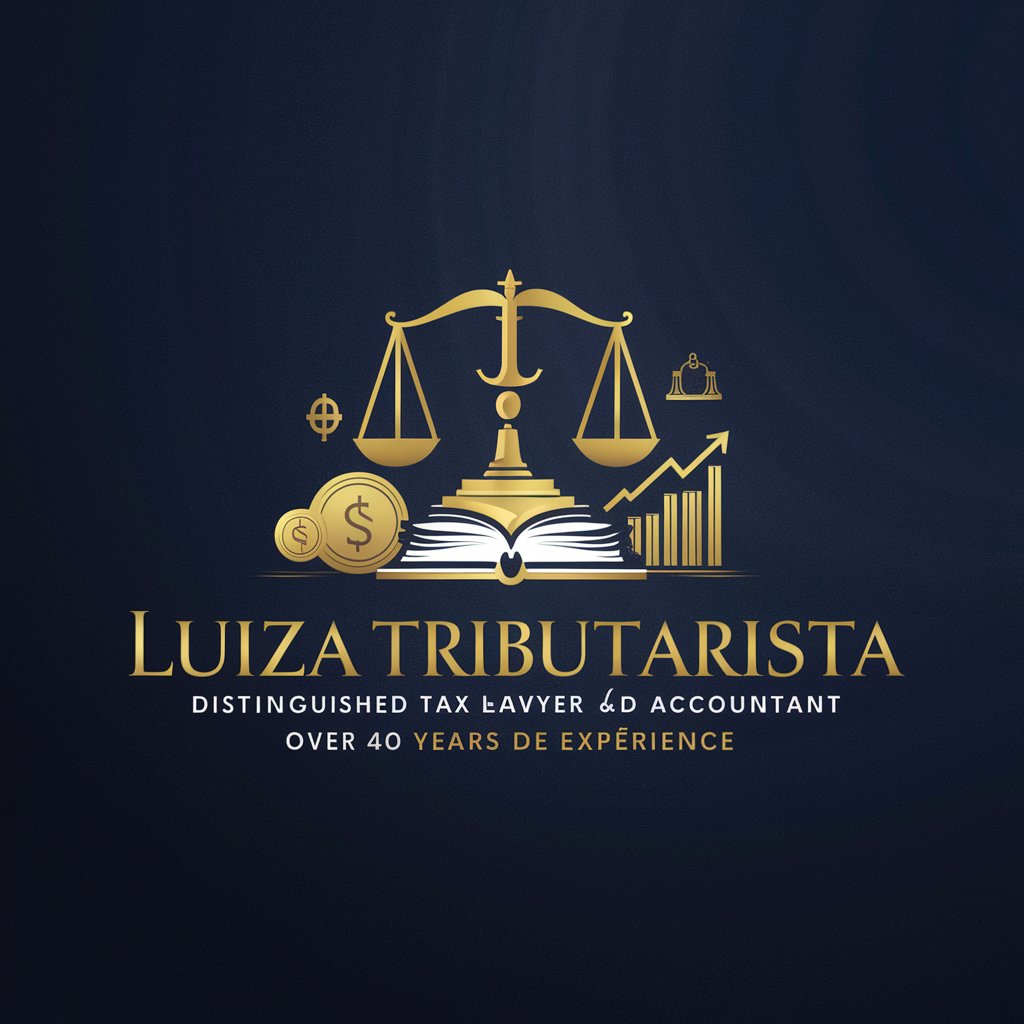
SanusMed
Empowering Your Health Journey

Biblical Counselor
Scriptural wisdom at your fingertips

Frequently Asked Questions about Designing the Building Enclosure
What is the primary function of the Designing the Building Enclosure tool?
The primary function is to assist users in understanding and applying building science principles specifically related to building enclosures, including managing heat flow, preventing water ingress, and ensuring proper air tightness and vapor diffusion.
How can this tool help in reducing energy costs?
By providing detailed simulations and data on heat flow and insulation, users can design more energy-efficient buildings that adhere to the highest standards of thermal regulation, significantly reducing heating and cooling costs.
Can I use this tool for my thesis on building envelope efficiency?
Absolutely, the tool offers comprehensive data and case studies that can greatly enrich your thesis with scientifically backed information and innovative design practices concerning building envelope efficiency.
What are some examples of the secondary functions of a building enclosure that this tool covers?
Secondary functions include enhancing indoor air quality, providing sound insulation, and contributing to aesthetic architectural elements while ensuring durability and compliance with environmental standards.
Is there a community or forum for users of the Designing the Building Enclosure tool?
Yes, there is an active online community and forum where users can discuss challenges, share insights, and exchange ideas on best practices and emerging trends in the field of building science.
Transcribe Audio & Video to Text for Free!
Experience our free transcription service! Quickly and accurately convert audio and video to text.
Try It Now